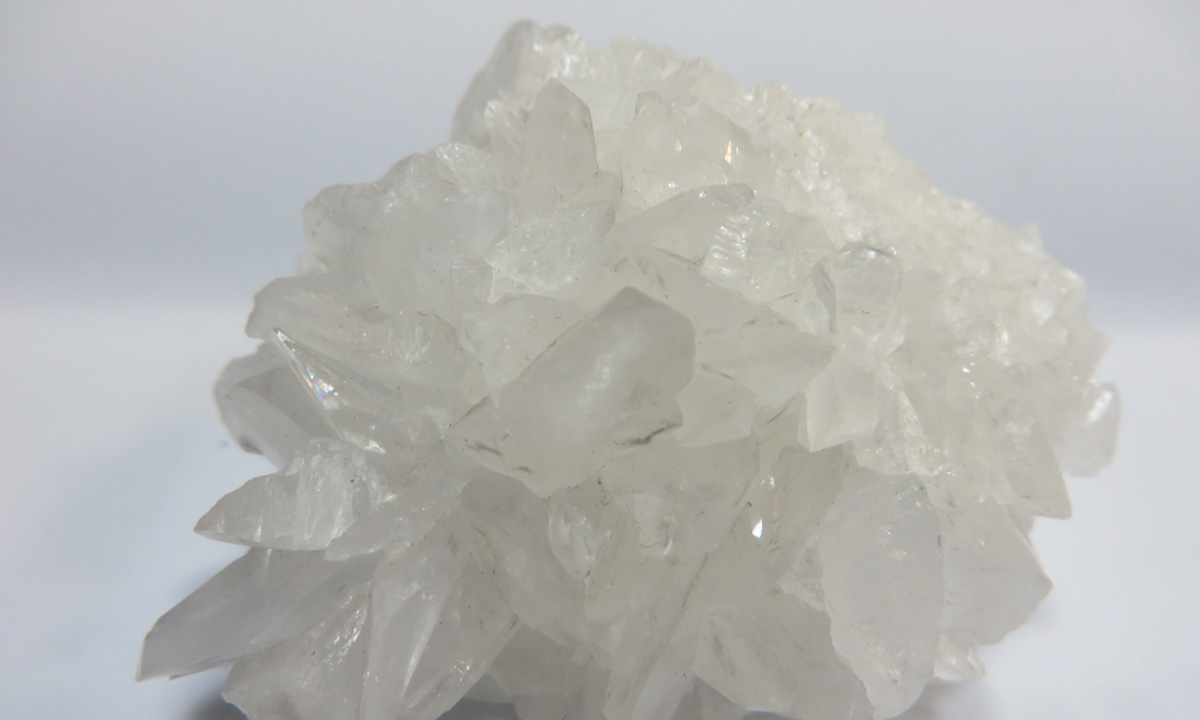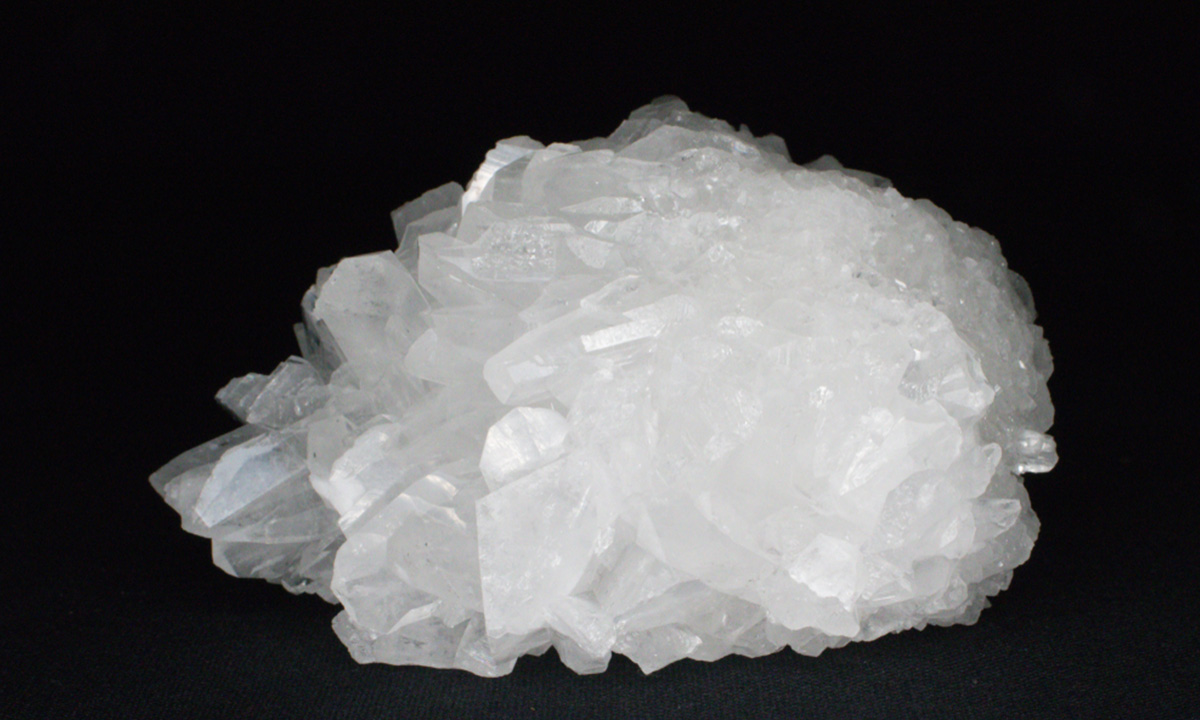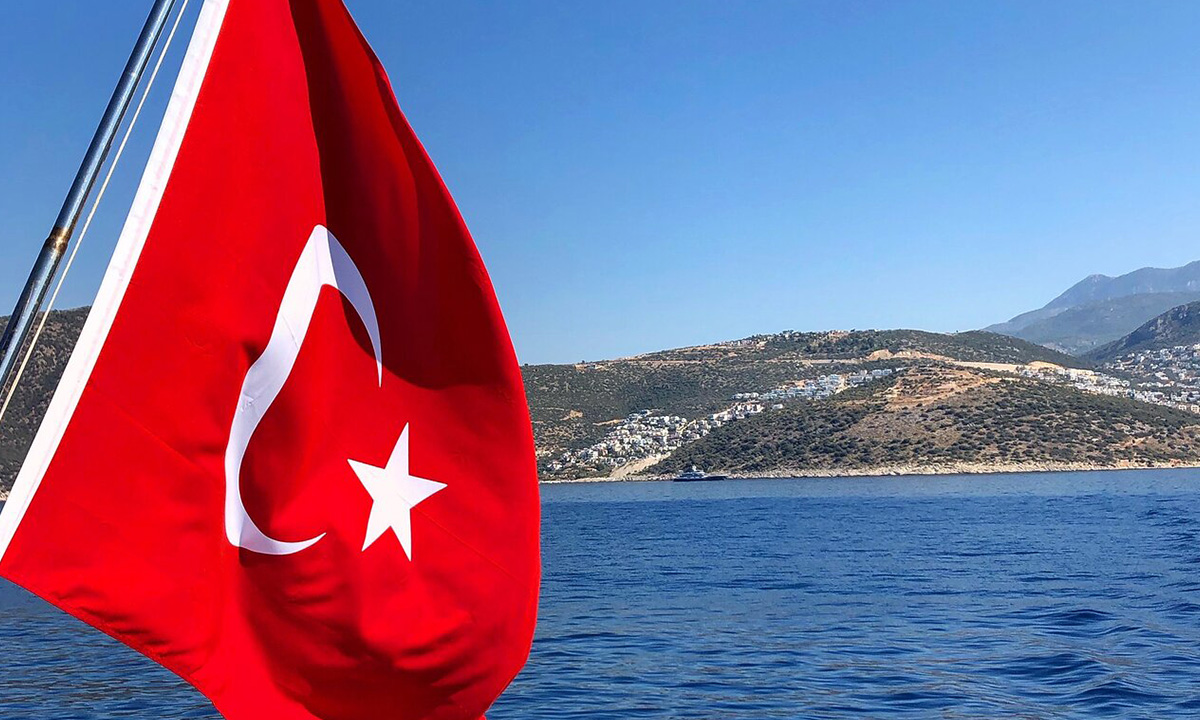
ABOUT
Boron was discovered by Joseph Gay-Lussac and Louis Thénard, French chemists, and independently by Sir Humphry Davy, a British chemist, in 1808 Boron is a hard, brittle semi metallic element.
B
5
10.81
4273 K
2348 K

BORON
Boron does not occur in nature as free element, occurs in nature as a mineral with associated clay and other impurities.There are over 200 naturally occuring boron containing minerals but the most commercially important and frequently traded minerals (salts, known as borates) are tincal, colemanite, ulexite and kernite . These ores can be refined into a pure chemical compounds of commercial importance are:
Boric acid, Anhydrous Boric Acid, Anhydrous Borax, Borax Pentahydrate, Borax Decahydrate, Sodium Perborate
SOME COMMERCIALLY
Tincal, Kernite, Colemanite, Ulexite, Datolite, Hydroboracite
Turkey is the largest producer of boron ore in the world. Important boron minerals of Turkey’s are tincal, colemanite and ulexite. Boron minerals contain different amount of B2O3 in their structures. The important factor for industrial application of boron minerals are B2O3 content, so they can replace each other in use . This means that one boron mineral can be trade competitor the other one.


BORON
Boron minerals can be used in some sectors in the industry as crude minerals. In general, their applications after refining and end-products are wider than crude ones. Borates find use in a different sectors, however the principal markets are: Glass,ceramics and frit, detergents and soaps, agriculture.